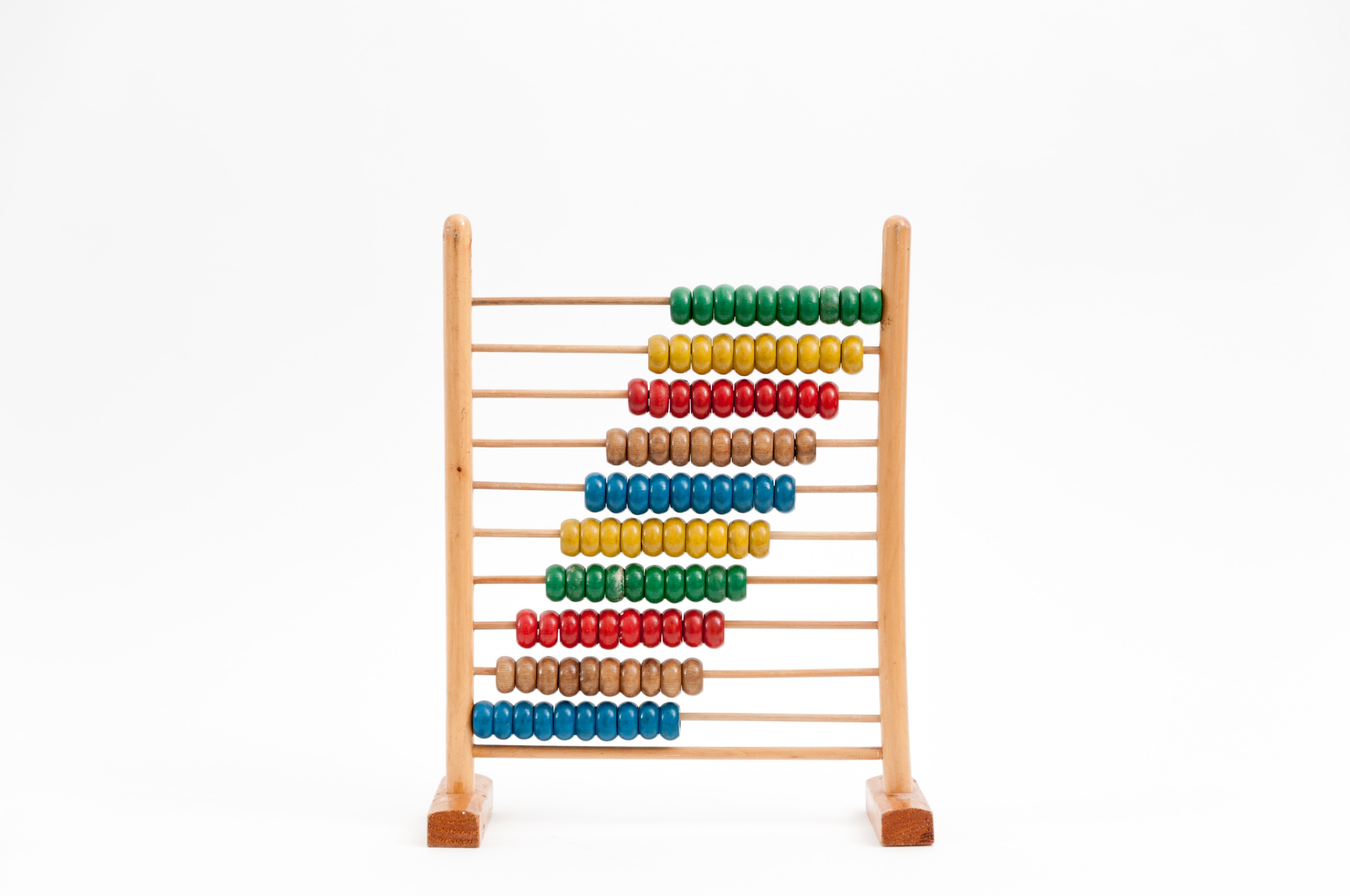
I had a moment recently when I was asked what I do as a job. When I said “Bookkeeper,” the person followed up with “Do you work at the State Library covering the books?” I was gob smacked. It is not exactly a new profession. It amazed me that in 2023, people would not understand the word.
Unbelievably, bookkeeping has been around since the dawn of civilization. In ancient times, businesses kept records of their transactions on clay tablets and other primitive forms of writing. These early bookkeepers would record everything by hand, from the amount of grain sold at the market to the number of workers hired for a project.
As societies grew more complex, so too did the need for more sophisticated bookkeeping methods. In the Middle Ages, Italian merchants developed a system of double-entry bookkeeping, which allowed them to keep track of their assets and liabilities more accurately. This system is still used today and is considered one of the cornerstones of modern accounting.
Over the centuries, bookkeeping continued to evolve. With the advent of the printing press, account books became more standardized and easier to produce. The industrial revolution brought with it a new era of accounting, with businesses becoming larger and more complex, and the need for accurate financial reporting becoming more important than ever.
The introduction of the Goods and Services Tax (GST) in Australia in 2000 had a significant impact on the bookkeeping profession, as businesses were required to maintain accurate and detailed records of their GST transactions. Prior to the introduction of the GST, bookkeeping was often viewed as a simple task, with businesses relying on basic spreadsheets or manual ledgers to record their transactions. However, with the introduction of the GST, businesses were required to keep much more detailed records of their sales, purchases, and GST payments and refunds.
This increased complexity led to a greater demand for professional bookkeeping services, as businesses struggled to keep up with the new requirements. As a result, the bookkeeping profession in Australia became more formalized, with bookkeepers required to obtain professional qualifications and certifications, and joining professional organizations such as the Tax Practitioners Board (TPB).
Today, bookkeeping in Australia is regulated by professional bodies and has become an integral part of every business. With the rise of digital technology, businesses have moved away from traditional paper-based bookkeeping methods, like the wonderful Kalamazoo system I used when I first started my career. Instead, we have embraced electronic systems that process transactions in real time making bookkeeping faster and more efficient, with new possibilities for accurate and timely data analysis and financial forecasting. We have evolved!
So, there you have it - a brief history of bookkeeping. From ancient clay tablets to modern-day cloud accounting software, the world of bookkeeping has come a long way. Whether you are a small business owner or a “Joe Public,” it is important to understand the history and evolution of this essential practice, and to appreciate the role it plays in our daily lives. And it is definitely not covering your library books!
Stay ‘Appy!